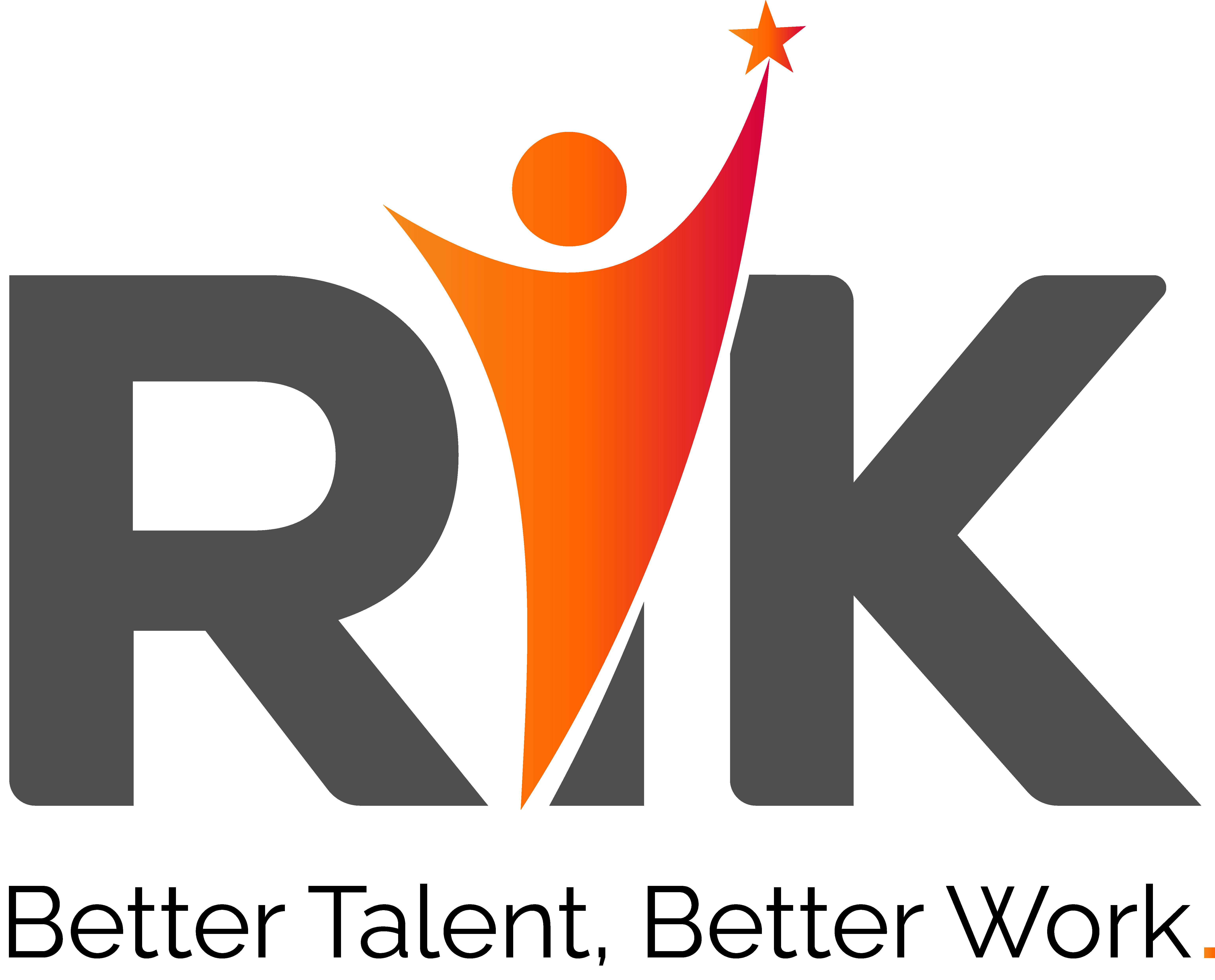“Innovating for Success: Harnessing Technology in Business Process Engineering”
In today’s fast-paced business environment, efficiency is the key to success. Every company strives to streamline operations, optimize resources, and deliver value to customers in the most effective way possible. One powerful strategy for achieving these goals is business process engineering. By reimagining and redesigning workflows, organizations can unlock new levels of efficiency and drive sustainable growth. In this blog, we’ll explore how business process engineering can revolutionize your business operations and pave the way for success.
At its core, business process engineering involves the systematic analysis and redesign of business processes to improve performance, reduce costs, and enhance quality. It’s about challenging the status quo, eliminating inefficiencies, and aligning workflows with strategic objectives. By taking a holistic view of operations and focusing on end-to-end processes rather than individual tasks, organizations can identify opportunities for improvement and implement changes that deliver tangible results.
The first step in business process engineering is to conduct a thorough assessment of existing workflows. This involves mapping out current processes, identifying bottlenecks, and pinpointing areas where efficiency can be enhanced. By engaging stakeholders from across the organization, including employees, managers, and customers, organizations can gain valuable insights into pain points and opportunities for optimization. Whether it’s streamlining procurement processes, reducing cycle times, or improving customer service, every improvement initiative begins with a deep understanding of current operations.
Once opportunities for improvement have been identified, the next step is to redesign workflows to optimize performance. This may involve simplifying processes, automating repetitive tasks, or reorganizing work activities to eliminate unnecessary steps. Technology plays a crucial role in this phase, enabling organizations to leverage tools such as workflow automation software, data analytics, and artificial intelligence to streamline operations and enhance decision-making. By embracing digital transformation and adopting innovative solutions, businesses can achieve greater agility, scalability, and responsiveness to customer needs.
Successful business process engineering is not a one-time event; it’s an ongoing journey of continuous improvement. After redesigning workflows, organizations must effectively implement changes and monitor their impact over time. This requires strong leadership, clear communication, and a commitment to organizational change. By empowering employees to embrace new ways of working and fostering a culture of innovation, organizations can drive sustainable improvements and adapt to evolving market dynamics.
Ultimately, the success of business process engineering lies in its ability to deliver tangible benefits to the organization. Whether it’s cost savings, productivity gains, or improved customer satisfaction, organizations must establish key performance indicators (KPIs) to measure the impact of process improvements. By tracking performance metrics and benchmarking against industry standards, organizations can assess the effectiveness of their initiatives and make data-driven decisions to drive further improvements.
In conclusion, business process engineering holds the power to transform organizations and unlock new levels of efficiency, agility, and competitiveness. By taking a structured approach to process optimization, organizations can streamline operations, enhance customer value, and position themselves for long-term success in today’s dynamic business landscape. Embrace the power of business process engineering and unleash the full potential of your organization.
Driving Efficiency: Leveraging Business Process Reengineering and Outsourced Services with Technology
In today’s fiercely competitive business landscape, organizations are continually seeking innovative ways to streamline operations, boost efficiency, and drive profitability. Two powerful strategies that have emerged as game-changers in this pursuit are Business Process Reengineering (BPR) and leveraging outsourced services, both enhanced by the harnessing of technology. Let’s delve into why embracing these approaches can lead to positive outcomes for businesses.
Business Process Reengineering: The Modern Way to Boost Efficiency and Profits
Business Process Reengineering (BPR) involves the radical redesign of core business processes to achieve significant improvements in performance, such as cost reduction, quality enhancement, and speedier delivery. Here’s why modern businesses should embrace BPR:
- Adaptability to Change: In today’s fast-paced business environment, adaptability is key. BPR enables organizations to reimagine and redesign processes to meet evolving market demands, technological advancements, and customer expectations. By embracing change rather than resisting it, businesses can stay ahead of the curve and remain competitive.
- Enhanced Efficiency and Agility: BPR eliminates inefficiencies, redundancies, and bottlenecks in existing processes, leading to streamlined operations and improved agility. By optimizing workflows, reallocating resources, and leveraging technology, businesses can enhance productivity and responsiveness, ultimately driving greater efficiency and profitability.
- Focus on Customer Value: BPR shifts the focus from internal tasks to customer value creation. By aligning processes with customer needs and preferences, businesses can deliver enhanced products and services that truly resonate with their target audience. This customer-centric approach not only fosters loyalty but also drives revenue growth and market differentiation.
Outsourcing has become increasingly prevalent in today’s business landscape, allowing organizations to access specialized expertise, scale operations, and reduce costs. Here’s why leveraging technology in outsourced services can yield positive results:
- Access to Specialized Skills: Outsourced service providers often possess specialized skills and domain expertise that may not be available in-house. By leveraging technology platforms and tools, service providers can deliver high-quality solutions efficiently and effectively, allowing businesses to access the expertise they need to drive innovation and achieve strategic objectives.
- Cost Efficiency: Outsourcing allows businesses to reduce operational costs by leveraging economies of scale, offshore labor markets, and flexible pricing models. By paying for services on a per-usage or subscription basis, businesses can lower their overhead expenses and optimize resource allocation, ultimately improving their bottom line and profitability.
- Focus on Core Competencies: Outsourcing non-core functions allows businesses to focus their time, resources, and energy on core competencies and strategic initiatives. By delegating routine tasks to external service providers, businesses can free up internal resources for activities that drive value and competitive advantage, leading to improved performance and business outcomes.
Hence, embracing Business Process Reengineering and leveraging outsourced services with technology can empower businesses to drive efficiency, enhance agility, and achieve sustainable growth in today’s dynamic business environment. By reimagining processes, harnessing specialized expertise, and leveraging technology platforms, businesses can unlock new opportunities for innovation, profitability, and competitive advantage. Embrace the power of BPR and outsourced services with technology, and position your business for success in the digital age.

